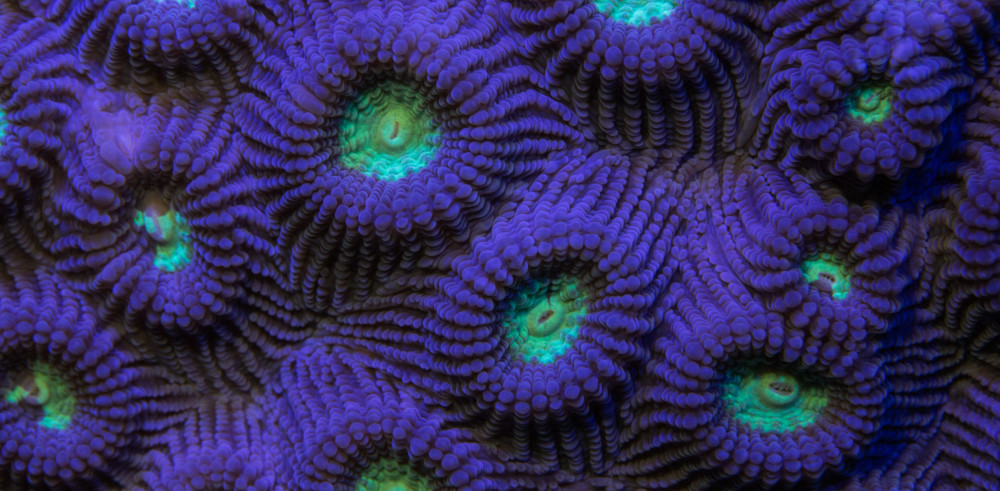Randall’s assessor (Assessor randalli) is a rare fish found living in submarine caves. They are usually seen hovering upside down in small groups. The male guards the eggs by keeping them in his mouth until they hatch (mouthbrooders). A challenging fish to find and photograph. These exotic species are sought after by fish collectors.

* This species is named after Ichthyologist John Ernest Randall.
- Scientific name: Assessor randalli
- Common name: Randall’s assessor or Randall’s devilfish
- Distribution: Japan-Taiwan
- Habitat: Submarine caves
- Diet: Crabs, shrimp, and fish
- Average size: 25-40mm
- Color: Dark blue
Can you see the assessor’s hovering upside down?
Why do these fish live upside down?
- A way to confuse predators
- Evasive stratedy, making it easier to back into crevises
- An adaption made for presision swimming among the submarine caves

This site is also designed to help people identify the beautiful animals of Okinawa, basically to serve as an online nature reference guide. If you would like to make a contribution to support my mission, please click on the donation link paypal.me/maketheswitch4nature
Your donations will help conservation initiatives as well as bring solutions to the worldwide pollution issues on our beautiful shorelines. Thank you for your support, Shawn M Miller.
#MakeTheSwitch4Nature





















































































